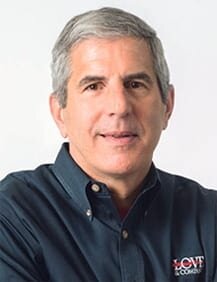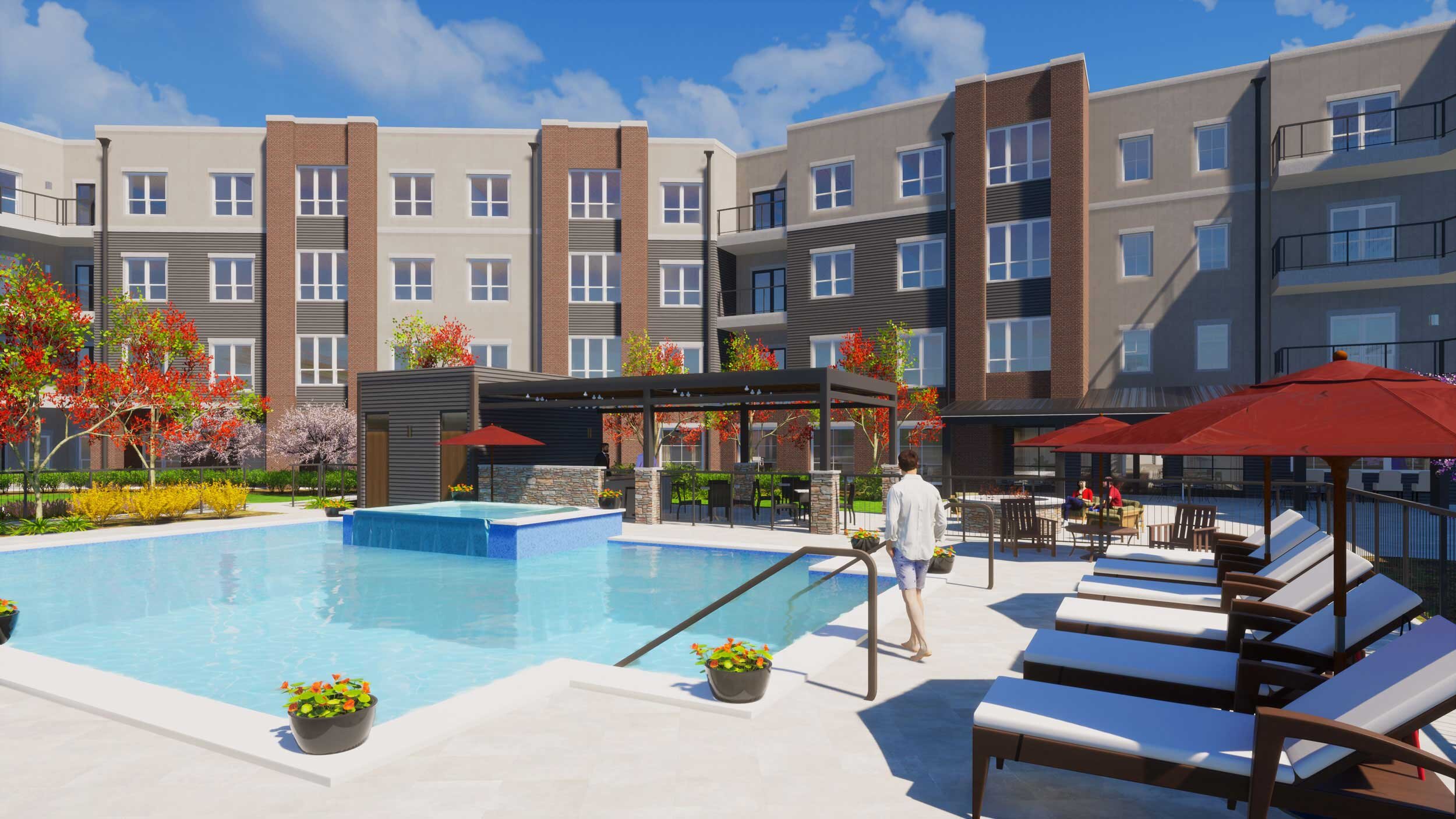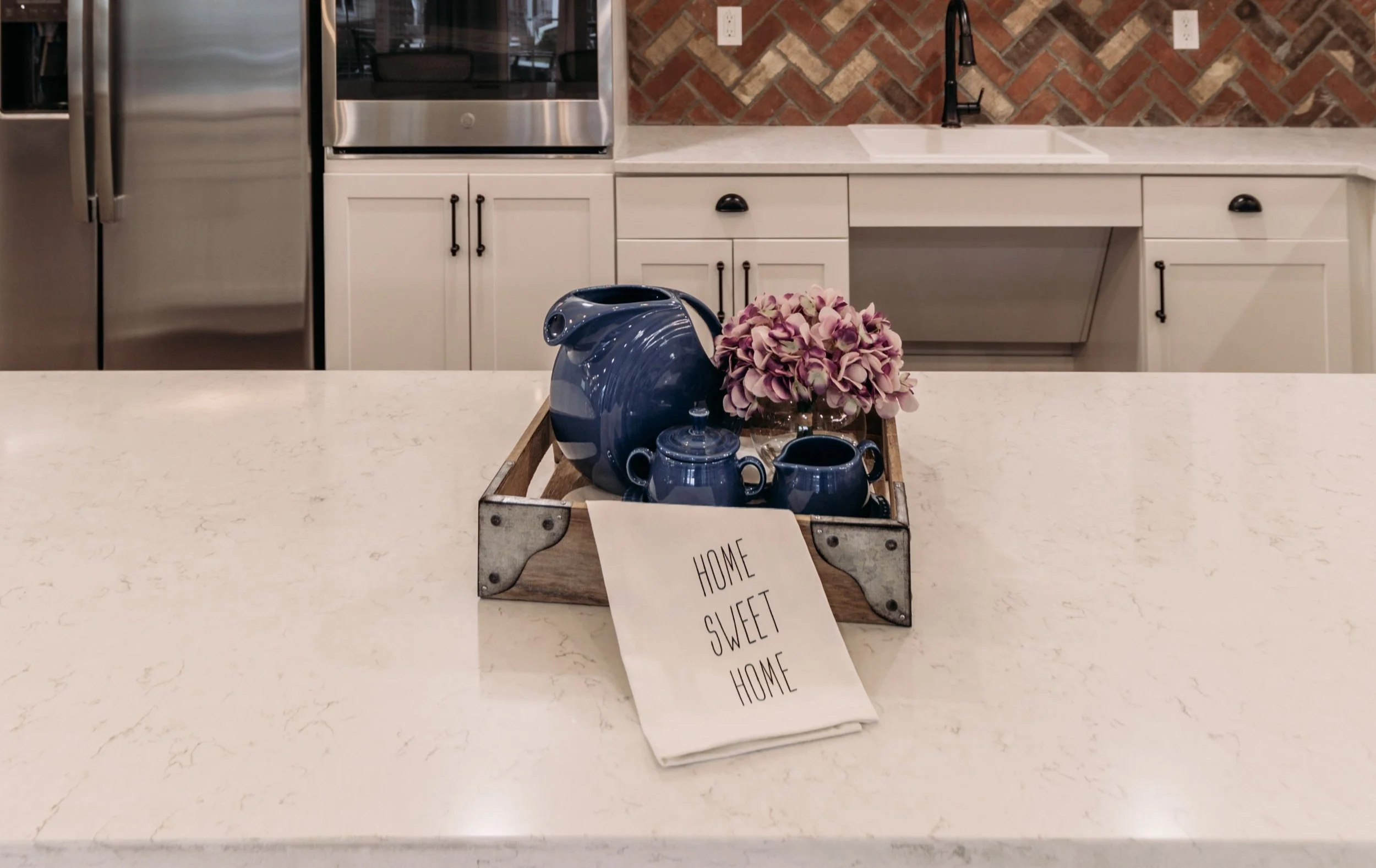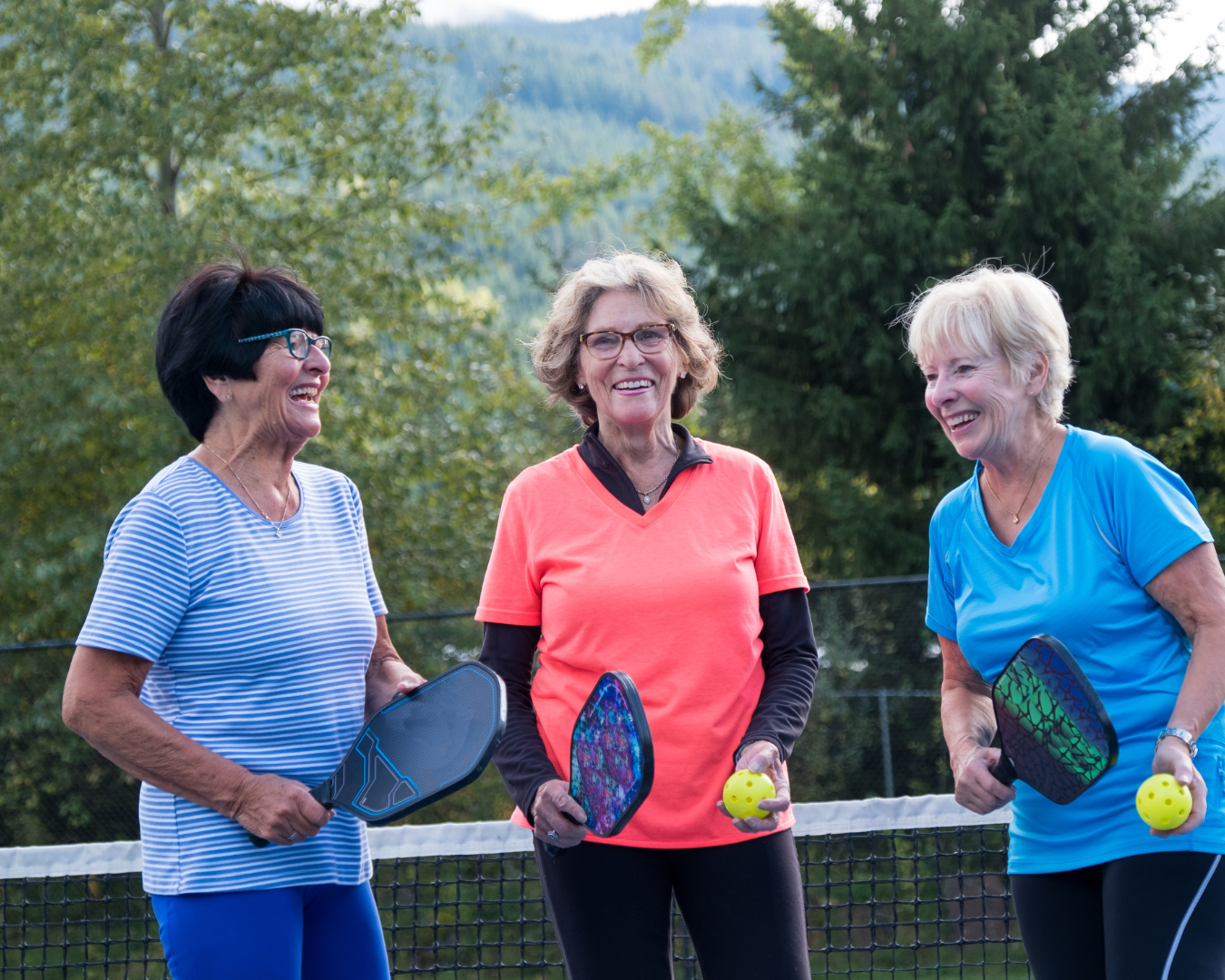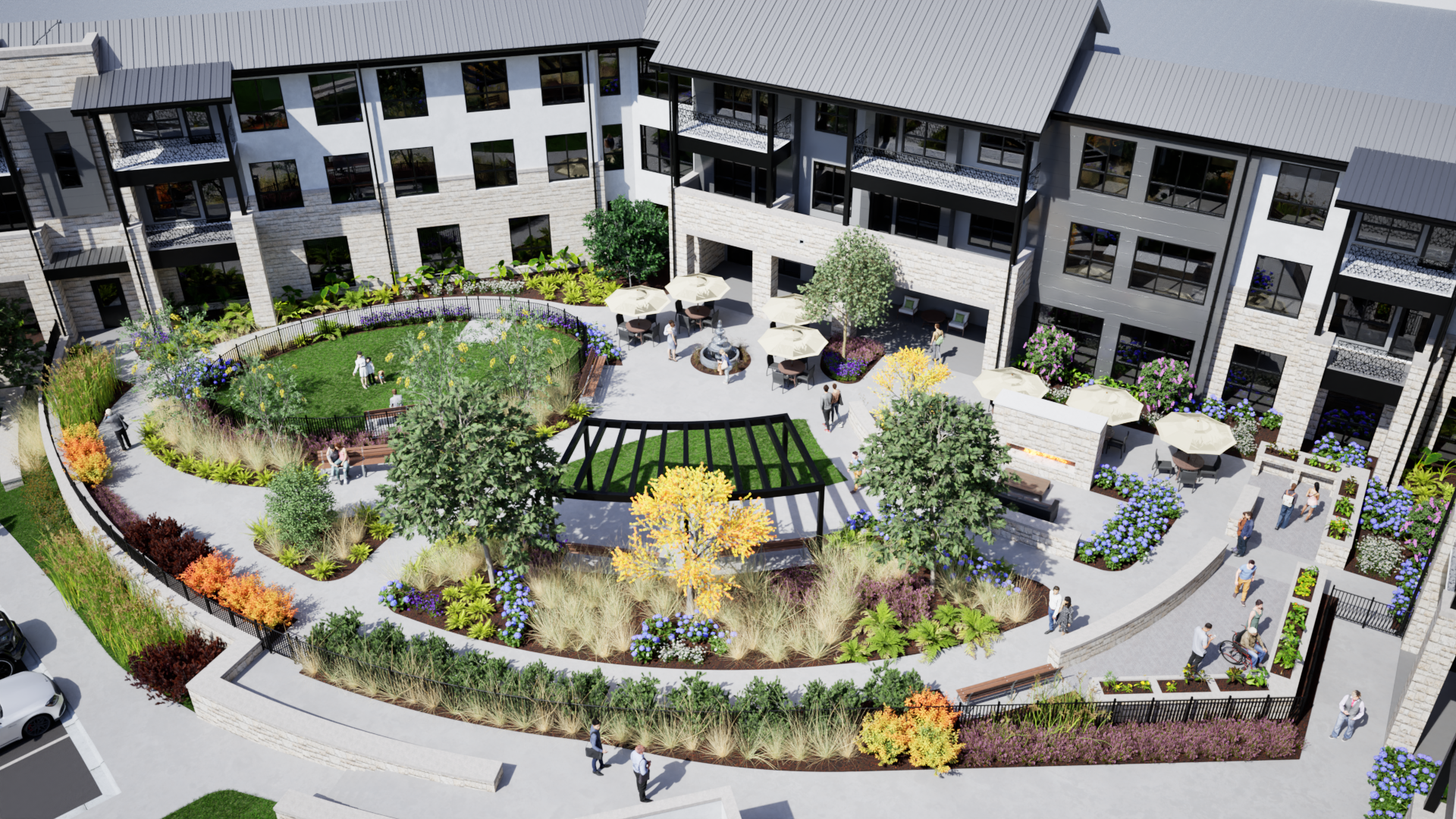"Love" the Active Adult Market, Insights from Love & Company
Imagining the future of senior living takes experience, knowledge, data and analytics, creativity, vision, and a bit of luck. It also takes input from people who are willing to think about their own future and what they would want senior living to look like for them.
“I would want a basketball court where I could shoot hoops with my son. I’m very active. I would want access to nature, walking trails, and hiking. I would want a place to ride a bike. Get me that active lifestyle without a $5,000 monthly fee, and you’ve got my attention.”
Rob Love, President and CEO of Love & Company
Karen Adams, VP of Market Intelligence of Love & Company
For nearly three decades, CEO Rob Love, VP of Market Intelligence Karen Adams, and their team have advised and guided senior living executives and communities to help seniors experience a better life every day. They live and breathe senior living, and they helped paint an intriguing picture of the future.
Starting with ‘What I Would Want’
Plotting the future of senior living may not be as simple as building or designing for ourselves. However, there is some value to that line of thinking.
Karen Adams, Love’s vice president of marketing intelligence, noted, “I want to bike, hike, and go kayaking.” But as she gets older, she suggested that she would like to have someone who can pump up her tires, carry her equipment, etc. “I would want more fluidity, flexibility, and autonomy.”
Both Rob and Karen stressed that assuming that all seniors want the same amenities is ill-advised. As Karen noted, while a state-of-the-art fitness center may sound great, “I don’t believe that people who never went to the gym before will suddenly come in and use it.” Clearly, some residents will use it and love it, but some won’t.
It’s important to realize that many seniors want control over what they do, what amenities they want, and what they are willing to pay for. As in most areas of life, one-size-fits-all seldom works. Rob noted that he likes the idea of having a fitness center within steps of his front door. However, he also said, “Would I be willing to go off-site to exercise if the community fee was $100 less a month? Yes, I probably would.”
Breaking Beyond the Walls: Broadening Relationships
There is life beyond the property of senior living communities, and this presents opportunities for a new and exciting range of programming, activities, and events that are impractical or impossible onsite. Karen suggested, “We could be negotiating things like museum tours, nature center visits or classes, and much more.” However, she stressed, “We need seriously skilled negotiators to arrange these relationships with community partners.” She noted that these partnerships not only benefit the senior living community and its residents, but the external businesses and organizations gain from these relationships as well.
Karen cautioned that these relationships and interactions need to be thought out and add real value to the lives of residents. This means giving residents opportunities to do things they couldn’t do (at least not as well) within the walls of their senior living center.
“It’s not about just signing ‘em up, lining ‘em up, and putting them on a bus. It’s about options and choices. This means giving residents opportunities to do things they couldn’t do (at least not as well) within the walls of their senior living center.”
Niches Are Nice
Considering the target market of the future, Rob said, “I think as this market grows and boomers move further into it, there will be so much opportunity for niche communities and more specialization. You couldn’t have these 20 years ago.” As one example, he pointed to Enso Village, a Zen-inspired continuing care retirement community in Northern California. “By all appearances, this place is wildly more successful than any community I’ve seen numbers for in a long time.”
There is a market to think creatively about what will attract residents with various interests, beliefs, and lifestyles, Rob suggested. He said, “For instance, you could put a theater-themed community in New York City with onsite performances, tickets for shows, and lectures and visits from Broadway performers and other entertainers.” When you think about things this way, he offered, “there is no one market segment. There actually are many segments.”
The Middle, Millennials, and More
These days, there is much talk about the “middle market” and creating senior living communities for less affluent older adults. However, Karen cautioned, “It’s not just about trying to make more affordable communities. A good ‘middle market’ product may appeal to people with all income levels. If a model is good, it will pick up market share.” She added, “A lot of people will be attracted to something without the glitz and glitter. People don’t want to pay for something they won’t use.”
Where do you go to identify some future trends? Look to millennials, Karen suggested. “Their parents are seeing things their kids are embracing, such as rooftop gardens and patio firepits; and they’re thinking, ‘That looks fun.’”
There are many different niches, options, and opportunities in senior living, and Rob said, “There is room for them all.”
Contact us here or call us at 512-231-1910.


